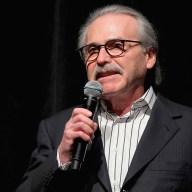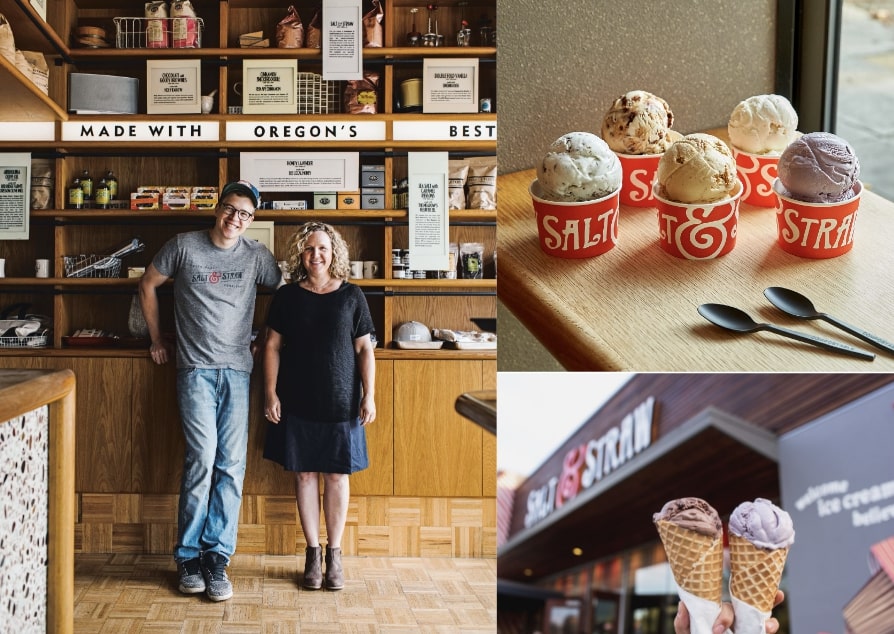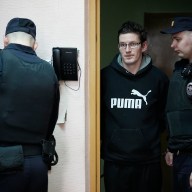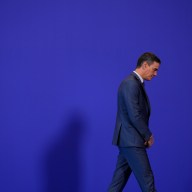All automakers are working to make their vehicles more environmentally-friendly, but sustainability involves all aspects of the auto industry. That’s why Honda designed its new headquarters in Markham, Ont., to meet LEED (Leadership in Energy and Environmental Design) standards.
“It took us three years to build and move in,” says Barry Holt, Honda’s vice-president of finance and information services.
“To date, Honda has 11 LEED-certified facilities (in North America), and this is the only one in Canada.”
The Honda head office “campus” consists of three buildings — offices, parts warehouse and a technical centre — on 54 acres of land. It recently was awarded Gold status by LEED.
It’s not just enough to incorporate recycled materials or reduce the construction trash that goes to landfills, although Honda did that.
It started well before the first shovel went into the ground with habitat preservation, since the complex was built on a farmer’s field. This meant ensuring that forests or ponds didn’t have to be taken out. A large portion of the property has been given over to green space, and some 1,000 trees, 5,000 shrubs and 2,700 perennials have been planted.
Water is always a key issue with sustainability, and the Honda building uses a storm water system that collects rainwater and stores it in an underground cistern for irrigation.
Throughout its first summer, an especially hot and dry one, the company kept its green stuff growing without using any city water.
Run-off from the large parking lots is funnelled into bio-filters, which use rocks and paper filters in the ground.
The buildings have white roofs to reduce air conditioning use; heating and cooling vents run in the floors rather than overhead, which save energy; rooms are equipped with motion sensors to turn off lights when not needed; and low-flow toilets and faucets reduce water use.
The company has achieved a 44 per cent water saving and 32 per cent energy consumption saving over the LEED baseline.
Part of this comes from designing the building with a north-south orientation, large windows and open floor spaces where natural light coming in through the glass reduces the amount of artificial light required.
“We even use ‘green’ cleaning products such as soaps and solvents,” Holt says.
“There are 30 bicycle spots and showers for employees who bike to work, along with hybrid vehicles in the office fleet. It’s a tangible demonstration of our ongoing commitment to the environment.”
















